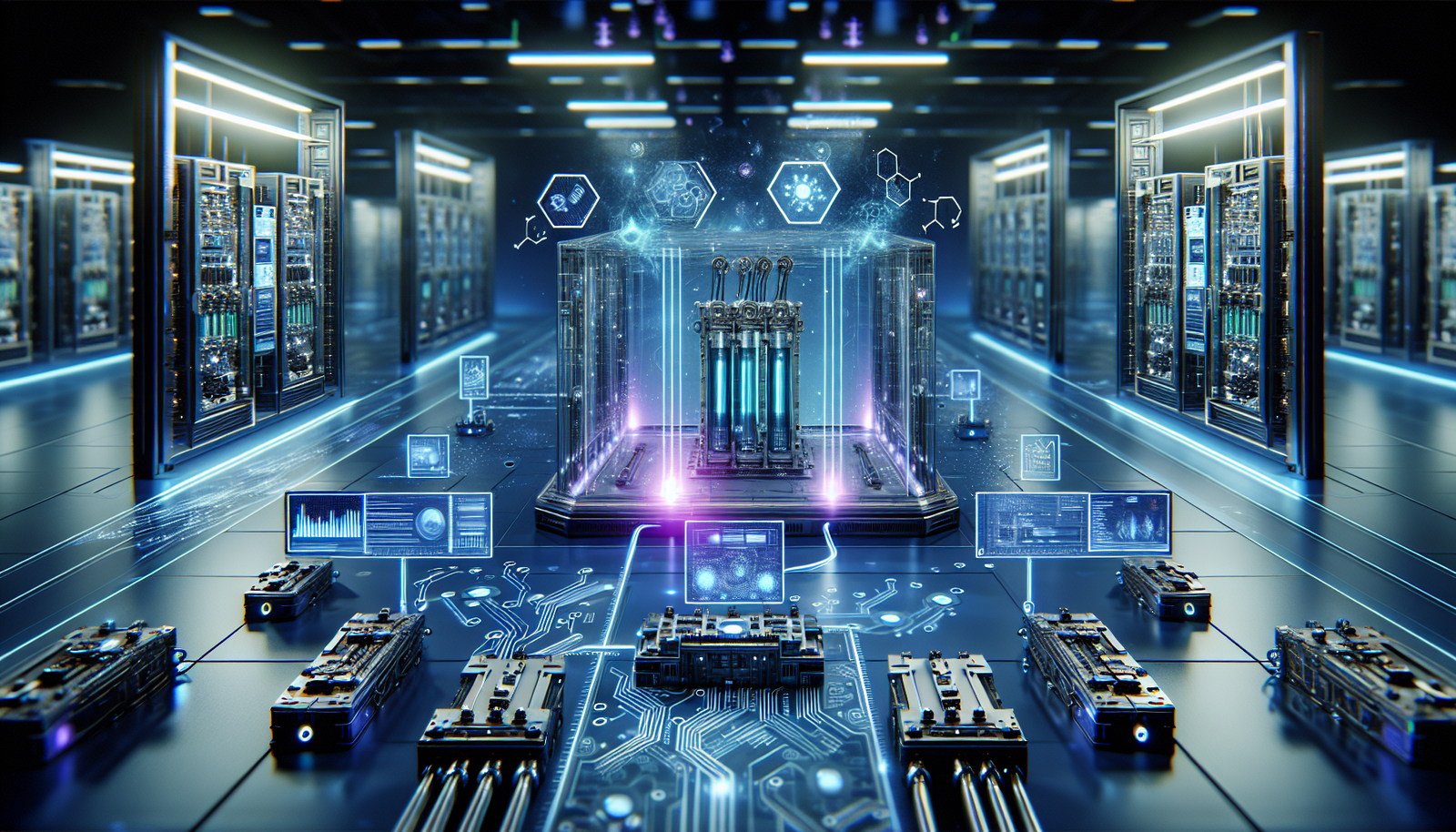Optimizing solid-state batteries is revolutionizing the contemporary energy landscape. An unprecedented quest is attempting to overcome the challenges posed by current technologies, particularly the search for increased efficiency and improved sustainability. The capacity for renewable energy storage proves critical in combating _climate change_ and achieving sustainable development goals. Artificial intelligence emerges as the key to optimization, facilitating biomimicry and massive data analysis. Advanced predictive models allow for the identification of the most promising solid electrolytes by simplifying the interaction between theory and experimentation. The emergence of two-step ionization mechanisms opens innovative perspectives for enhanced battery performance.
Optimizing solid-state batteries
Research aimed at perfecting solid-state batteries (SSBs) is intensifying as scientists strive to develop sustainable energy solutions. These batteries promise improved energy storage capacity and enhanced safety compared to their lithium-ion counterparts.
Advancements through artificial intelligence
A remarkable new approach is that of an artificial intelligence (AI) framework developed by researchers at Tohoku University. This innovative method uses data analysis based on large data sets to identify the most promising candidates for solid electrolytes.
A revolutionary methodology
The model created by the research team goes beyond merely selecting optimal candidates. It also predicts chemical reactions and the reasons why a candidate is considered a good choice. This system thus provides insights into potential mechanisms, giving researchers a significant advantage.
Understanding structure-performance relationships
One of the ambitions of this current study is to describe the relationships between the structure and performance of SSBs. The AI framework predicts the activation energy, identifies stable crystalline structures, and enhances the efficiency of scientists’ work.
Results demonstrate that the predictive modeling approach, using the ab initio MetaD method, ensures high synchronization with experimental data, particularly for complex hydride electrolytes.
Ion migration mechanisms
Researchers have highlighted an innovative two-step ion migration mechanism, observed in both monovalent and divalent hydride electrolytes. This mechanism emerges from the incorporation of molecular groups, providing a new insight into ionic dynamics within the electrolytes.
Building accurate predictive models
The analysis of features, combined with multiple linear regression, has allowed for the construction of accurate predictive models to quickly assess the performance of hydride SSBs. This advancement marks a milestone in optimizing solid-state batteries.
Future applications and development of the framework
The application of this AI framework is expected to extend to various families of electrolytes. Ultimately, researchers envision the use of generative AI tools to explore ion migration pathways and reaction mechanisms. This direction could significantly enhance the predictive capability of the platform.
Key results from experiments and calculations are becoming accessible via the Dynamic Database of Solid-State Electrolyte (DDSE), the largest reported database of solid electrolytes to date.
These researches promise to transform the energy landscape, thus contributing to sustainable energy solutions.
FAQ on optimizing solid-state batteries using artificial intelligence
How can artificial intelligence assist in the optimization of solid-state batteries?
Artificial intelligence allows for the analysis of complex data on solid electrolytes, thus identifying optimal candidates and predicting their performance without the need for prior physical experimentation.
What are the advantages of using predictive models in the development of solid-state batteries?
Predictive models promote rapid material assessment, reduce traditional testing cycles, and enable innovative discoveries in the structure and mechanisms of electrolytes.
What data is needed to feed an artificial intelligence model in this context?
An effective model requires data from prior experimental studies and computational simulations to establish meaningful links between the structures of materials and their performance.
What types of ion migration mechanisms can be explored using AI?
With AI, it is possible to explore mechanisms such as two-step ion migration, which emerges with the incorporation of molecular groups in monovalent and divalent hydride electrolytes.
How can AI reduce research time in the field of solid-state batteries?
AI accelerates processes by automating data analyses and performance evaluations, allowing researchers to focus on the most promising approaches without going through repetitive trials.
What role does the Dynamic Database of Solid-State Electrolytes (DDSE) play in battery research?
The DDSE provides access to experimental and computational results, offering researchers a valuable resource for the rapid development of new solid-state battery technologies.
What challenges remain when using AI for the optimization of solid-state batteries?
Challenges include the need for high-quality data, the complexity of material physics, and the integration of theoretical knowledge with experimental results within an AI framework.






